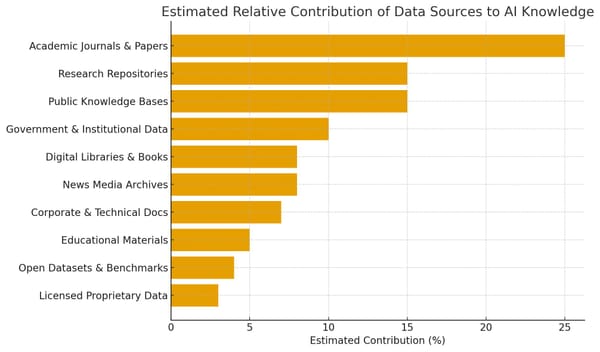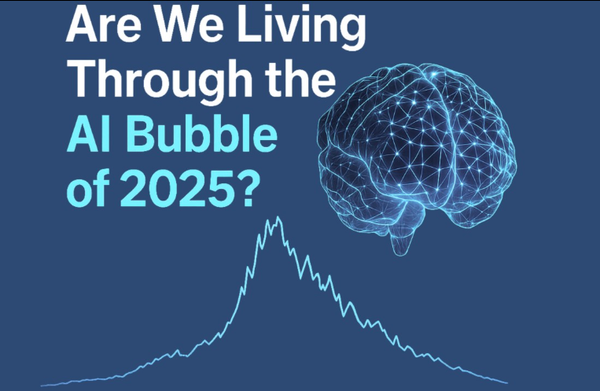A Practical Guide to Building AI Agents — What You Need to Know

OpenAI has released a new and highly practical resource titled “A Practical Guide to Building Agents.” Unlike many high-level discussions around AI, this guide is designed to help developers, product teams, and businessesunderstand exactly how to design, deploy, and scale AI agents with real-world impact.
🌐 From Chatbots to Intelligent Agents — The Shift Explained
For years, AI adoption largely focused on chatbots and prompt-based interactions. While useful, these systems were reactive — they responded to inputs but lacked autonomy.
AI agents change that.
They are designed to:
- Interpret goals
- Plan tasks
- Take action across tools and APIs
- Adapt based on feedback or context
This marks a fundamental transition — from asking models for output to building intelligent systems that perform work.
🎯 Why This Matters for Businesses and Developers
AI agents introduce a new paradigm of automation and decision support, enabling companies to go beyond Q&A-style interfaces. Instead, they can deploy systems that execute workflows, integrate with business tools, monitor processes, and trigger actions autonomously.
Example use cases include:
- Automated customer support agents with escalation logic
- Research assistants that gather, summarize, and report findings
- Operational bots that schedule tasks, send emails, or update CRM systems
- Compliance and monitoring agents that watch for triggers and notify teams
🧠 Key Concepts Covered in the Guide
OpenAI’s guide breaks down several core principles behind building agents:
✅ 1. Architecture and Workflow Orchestration
Understanding how agents plan and execute tasks — including tool use, memory management, and API coordination.
✅ 2. Safety and Control Mechanisms
Ensuring responsible behavior with guardrails, human review checkpoints, and clear boundaries for autonomous execution.
✅ 3. Best Practices for Deployment
Guidance on scaling agents in production environments, integrating with existing systems, and monitoring performance.
✅ 4. Real-World Implementations
Examples showcasing how teams are using agents with ChatGPT, custom APIs, and internal workflows to streamline operations.
🚀 Getting Started — Tools That Enable Agent Development
OpenAI highlights that developers can begin building agents using:
- ChatGPT with tool integrations
- The OpenAI API with function calling and control flows
- Custom orchestration layers to manage multi-step workflows
This approach enables teams to prototype quickly, test agent behavior, and gradually expand capabilities with safety and observability in mind.
💡 The Bigger Takeaway
We are moving from prompting models to engineering intelligent systems.
This shift redefines how product teams think about AI adoption:
Instead of asking, “How can we prompt ChatGPT to do this?”, we begin asking, “How can an autonomous system manage this workflow end-to-end?”
That mindset unlocks a new class of AI-driven automation — one where agents don’t just assist — they operate.
📎 Resource Link
For those ready to dive deeper, the full guide is available via OpenAI’s official resource hub:
https://cdn.openai.com/.../a-practical-guide-to-building...



